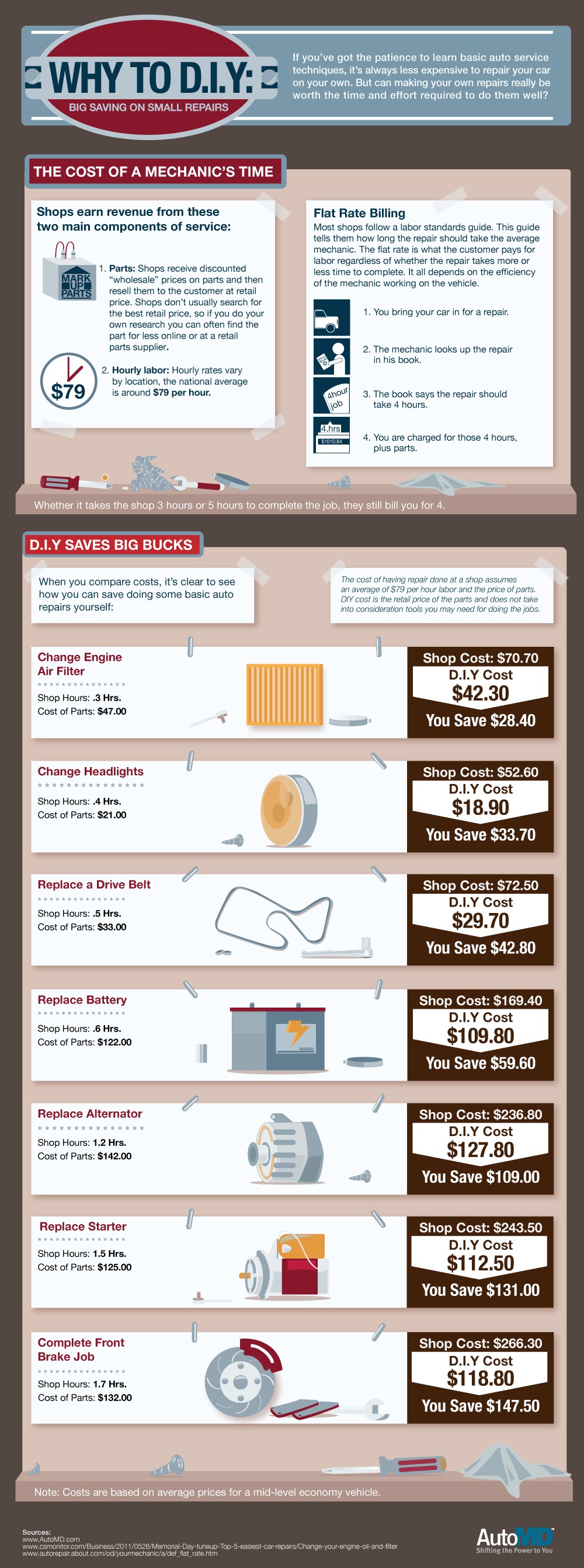Understanding Your Cars And Truck'S Warning Lights: What Do They Truly Mean?
Understanding Your Cars And Truck'S Warning Lights: What Do They Truly Mean?
Blog Article
Material Create By-Hartley Dalgaard
When you're behind the wheel, those radiant warning lights on your dashboard can be a bit difficult. Do you recognize what they're attempting to tell you about your cars and truck's health and wellness? Recognizing the relevance of these lights is crucial for your safety and the longevity of your car. So, the following time among those lights appears, would not you want to decipher its message accurately and take the necessary steps to resolve it?
Common Caution Lighting and Interpretations
Identify common warning lights in your vehicle and comprehend their meanings to ensure secure driving.
One of the most regular caution lights include the check engine light, which signals problems with the engine or exhausts system. If this light begins, it's essential to have your car checked without delay.
The oil stress advising light shows reduced oil stress, requiring prompt focus to prevent engine damages.
A flashing battery light could suggest a damaged charging system, potentially leaving you stranded if not addressed.
The tire pressure monitoring system (TPMS) light alerts you to reduced tire pressure, affecting vehicle stability and fuel effectiveness. Neglecting this can bring about hazardous driving problems.
The abdominal light indicates an issue with the anti-lock stopping system, compromising your capability to stop quickly in emergencies.
Finally, the coolant temperature level warning light warns of engine overheating, which can cause extreme damage otherwise solved swiftly.
Understanding these common caution lights will assist you attend to problems immediately and maintain secure driving conditions.
Relevance of Prompt Focus
Comprehending the typical warning lights in your automobile is just the first step; the significance of promptly dealing with these warnings can't be emphasized enough to guarantee your safety when traveling.
When a warning light brightens on your dashboard, it's your automobile's means of interacting a possible issue that needs attention. Overlooking these warnings can lead to more extreme issues in the future, jeopardizing your security and potentially costing you extra out of commission.
Prompt focus to warning lights can prevent malfunctions and mishaps. For example, a blinking check engine light could suggest a misfire that, if left unattended, could trigger damages to the catalytic converter. Addressing this without delay can conserve you from a costly fixing.
In a similar way, a brake system alerting light might signify reduced brake fluid or used brake pads, crucial parts for your safety and security when driving.
DIY Troubleshooting Tips
If you discover a warning light on your control panel, there are a couple of DIY repairing tips you can try prior to seeking professional assistance.
The very first step is to consult your automobile's handbook to comprehend what the specific caution light shows. In some cases the issue can be as basic as a loose gas cap activating the check engine light. Tightening up the gas cap may fix the trouble.
Another typical concern is a low battery, which can trigger different cautioning lights. Examining acp detailing for corrosion and guaranteeing they're secure might deal with the trouble.
If a warning light continues, you can try resetting it by detaching the vehicle's battery for a couple of minutes and afterwards reconnecting it. Additionally, checking https://www.justice.gov/usao-ma/pr/former-boston-police-auto-repair-technician-agrees-plead-guilty-wire-fraud-charges , such as oil, coolant, and brake fluid, can assist repair cautioning lights connected to these systems.
Verdict
In conclusion, recognizing your car's warning lights is important for maintaining your car running efficiently and securely. By without delay resolving these signals and knowing what they imply, you can prevent costly repair work and potential malfunctions.
Remember to consult your cars and truck's handbook for specific information on each cautioning light and act accordingly to make certain a trouble-free driving experience.
Stay notified, remain safe on the road!
